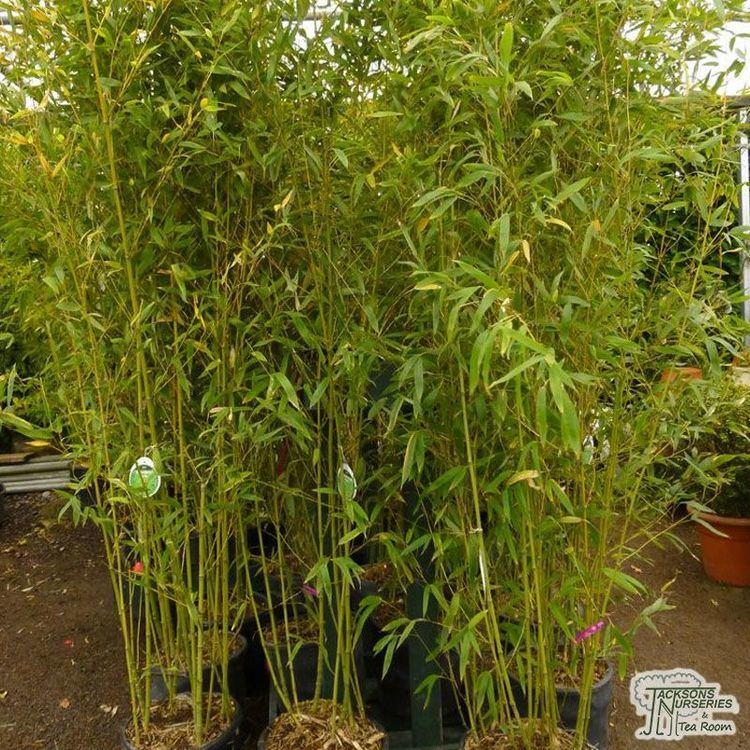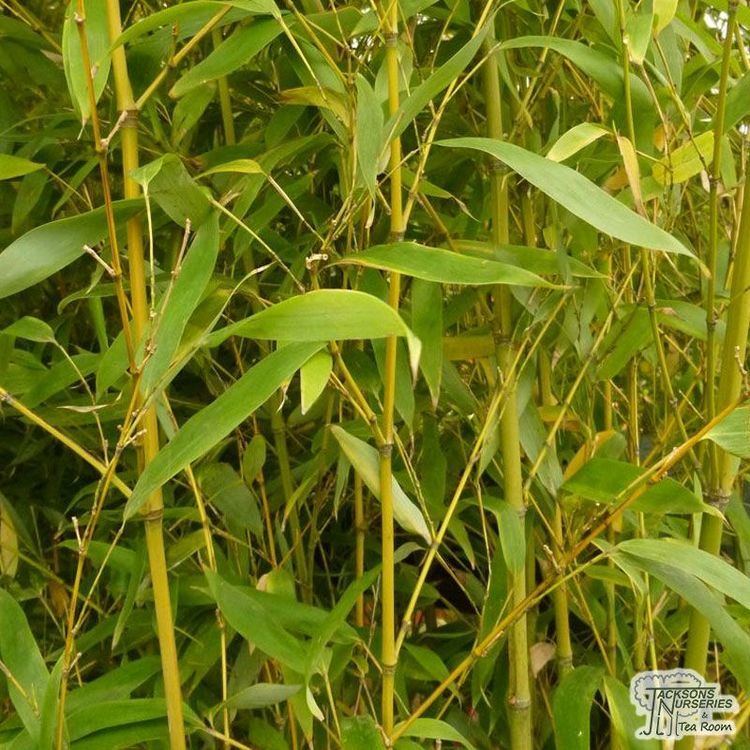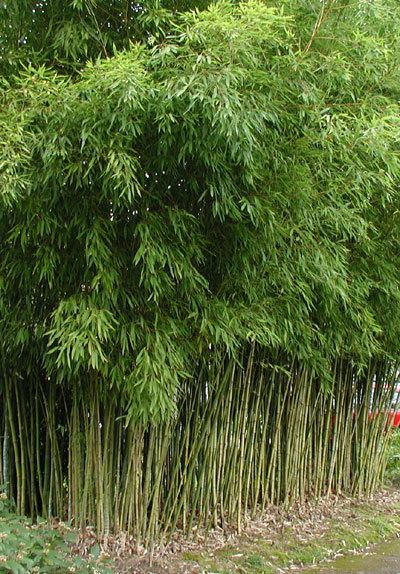Rank Species | Genus Phyllostachys Higher classification Phyllostachys | |
 | ||
Similar Phyllostachys, Tropical woody bamboos, Phyllostachys nigra, Phyllostachys aureosulcata, Bambusa ventricosa | ||
Golden bamboo phyllostachys aurea
Phyllostachys aurea is a bamboo species of the 'clumping bamboo' type, belonging to the diverse Bambuseae tribe. It is native to Fujian and Zhejiang in China. It is commonly known by the names fishpole bamboo, golden bamboo, monk's belly bamboo and fairyland bamboo (Australia).
Contents
- Golden bamboo phyllostachys aurea
- Phyllostachys aurea
- Cultivation
- Cultivars
- Uses
- Identification and growth habit
- References

Phyllostachys aurea
Cultivation

Phyllostachys aurea is cultivated as an ornamental plant for gardens. In the United States, it is considered an invasive species that crowds out native species and is difficult to remove. It is the most commonly cultivated bamboo in the United States. It is a cold hardy bamboo, performing well in USDA Plantzones 6 to 10, (Connecticut to Florida). It has gained the Royal Horticultural Society's Award of Garden Merit.
Cultivars
Cultivars include:

Uses

P. aurea's lush foliage make desirable for ornamental purposes and privacy hedges; and its characteristic 'knotty' compressed lower internodes render it desirable among collectors. It is well-suited to the making of bamboo pipes.
Identification and growth habit
The common forms of P. aurea are easily identified by their characteristic compressed internodes in the lower part of the canes which have a tortoiseshell-like appearance. This internodal compression result in shorter heights (25' +/-) and thicker cane diameters (relative to height) than many other Phyllostachys species.
The canes will turn yellow in full or partial sun, and deepen into a gold-orange color as the plant matures. Branching and foliage tend to start lower to the ground than many other Phyllostachys, but some prefer to cut off lower branches to show off the interesting 'tortoise shell' lower part of the canes (see photo).
